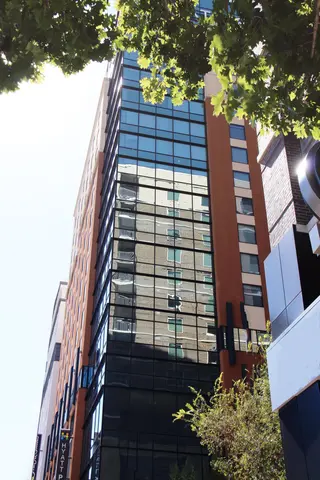
Architectural Division
Smart Design. Smart Build.
Need In-Depth Information On Our Products?
Explore Our ResourcesLatest News & Updates
Explore our articles to learn more about products in application.
Smart Design. Smart Build.
Need In-Depth Information On Our Products?
Explore Our ResourcesLatest News & Updates
Explore our articles to learn more about products in application.